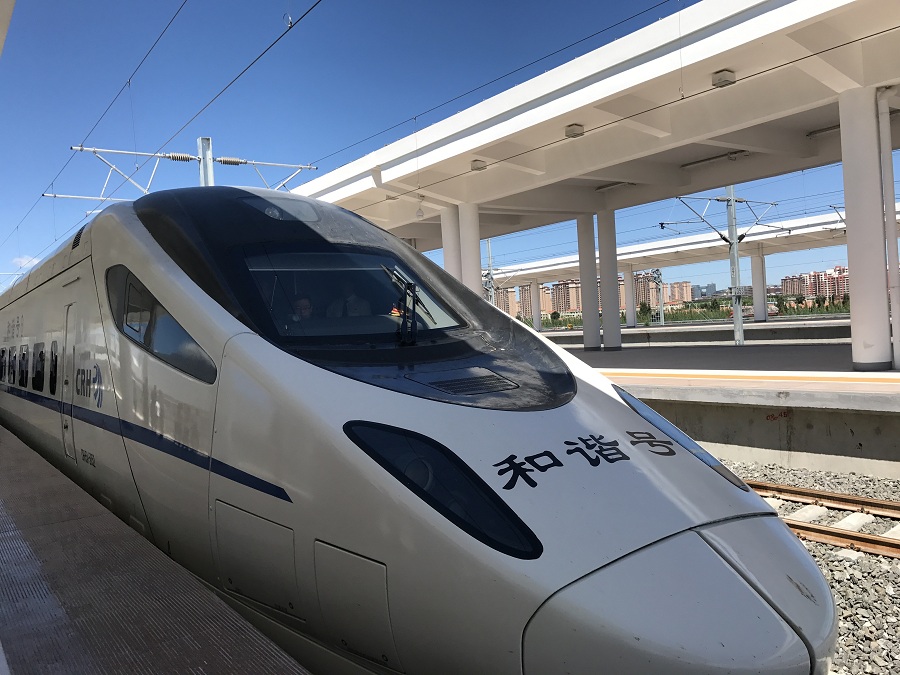An insight into Inner Mongolia's agriculture and livestock expo
(chinadaily.com.cn)
Updated: 2015-08-21
The third Inner Mongolia Green Agriculture and Livestock Products Expo took place in Hohhot, capital of Inner Mongolia from August 6 to 10 achieved sales of 30.15 million yuan ($4.71 million) and contracts worth 145 million yuan, in addition to statements of intent worth 2.3 billion yuan.
This expo is not only a platform for products exhibition and marketing, but also a measure to transform agricultural development models.
At present, the processing industry of agricultural and livestock products is the third pillar industry in Inner Mongolia, home to 38 national-level leading companies and 556 regional ones together with 66 Chinese Well-Known trademarks.
In the past year, the region’s milk output was 7.88 million tons, nearly one fourth of the country’s total. In the same year, mutton output accounted for more than one fifth to the total. Other local products such as cashmere, potato and tomato are also leading the nation in production.
However, “profound resources in agriculture and livestock do not free the industry from development pressure,” said Guo Jian, head of the region’s department of agriculture and animal husbandry. Agriculture’s sustainable development and the farmers’ incomes face new challenges under the new normal, Guo explained, since the “new normal” characterize medium-to-high speed economic growth, constantly improved and upgraded economic structure and innovation-driven development mode.
The focus of agriculture and animal husbandry is moving to exports and marketing, according to Guo.
On August 7, the General Office of the State Council pointed out the importance of agricultural transformation.
Guo says Inner Mongolia seeks to transform its development mode. The expo is a showcase for the region’s achievements in agriculture and a marketing platform to connect with other industries.
Wang Jianbo is a director general of an agricultural cooperative in Baotou, attending the expo for the first time. “Good products do not mean a good price, if nobody knows them,” he said emphasizing the importance of brands.
To date, Inner Mongolia has registered over 5,500 trademarks of agricultural and livestock products, but only 66 of them were Chinese Well-Known trademarks.
Except some well-known brands in dairy and cashmere sectors, most the region’s brands are obscure. The expo helps more companies realized the value of brands.
In addition to the expo, the region has set some exhibition and direct sales centers and retail stores in metropolises such as Beijing and Shanghai. Moreover, an e-commerce platform was established by the region and proved to be a driver for agricultural products.

High-speed train debuts in Inner Mongolia
A bullet train departed Hohhot East Railway Station for Ulanqab marking the start of high-speed rail services using Inner Mongolia’s first newly-laid high-speed railway on Aug 3.
